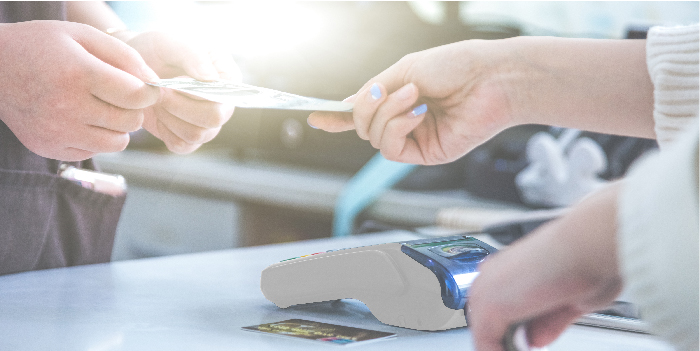The Covid-19 pandemic has impacted the world at large and has resulted in immense economic turmoil across the globe. To curb the spread of Coronavirus, India’s Hon’ble Prime Minister Narendra Modi imposed a nationwide lockdown starting 23rd March, 2020; which is now being eased in few parts of the country. This lockdown, while a necessary measure, has challenged many businesses to re-evaluate their existing business models and adapt newer ways to doing business.
The Covid-19 pandemic has impacted the world at large and has resulted in immense economic turmoil across the globe. To curb the spread of Coronavirus, India’s Hon’ble Prime Minister Narendra Modi imposed a nationwide lockdown starting 23rd March, 2020; which is now being eased in few parts of the country. This lockdown, while a necessary measure, has challenged many businesses to re-evaluate their existing business models and adapt newer ways to doing business.
There are two important reasons why the Government & Regulatory Bodies like National Payment Corporation (NPCI) of India have urged people to opt for digital or contactless payments:. First, using digital payments would reduce social/physical movement of people and second, it will minimise the possible risk of spreading virus via cards or ATMs.
As a result, many people came under the ambit of Digital India and existing users increased their usage of digital payments. About 42% Indians have amplified their use of digital modes for payments in lockdown period.
Hoarding groceries and other essentials immediately post the lockdown announcement led to temporary surge in digital payments. As the inventory of most brick and mortar shops succumbed to the massive footfall, most people turned to e-commerce players for their daily essentials. An overall increase of about 12-15% was observed in online shopping of food & grocery as compared to regular days in the initial days of lockdown. Concepts namely Zero-contact delivery or Zero-contact fuelling have possibly encouraged it further. One such example is Fastlane by AGS which encourages contactless fuelling at HPCL outlets in Mumbai & Pune. It has an impressive customer base of about 1 lakh.
India has primarily been a cash intensive economy. The surge in digital payments has been observed mostly in the urban areas and stands true for tech-savvy citizens. Digital payments & digital literacy remains nascent in most parts of the country, especially in the Tier 3 & 4 cities.
In the past few years, as remonetisation fast-tracked the growth of digital payments, the economy has witnessed a unique co-existence of both cash & digital modes of payments.
According to a few media reports, post the announcement of nationwide lockdown Indian economy has become more cash-driven. The data released by the RBI on May 1, 2020 suggests the total currency in circulation (CIC) was Rs. 25.35 trillion. The increase in currency in circulation between January and May 1 was Rs 2.66 trillion in comparison to the increase in the entire 2019 (January to December) which stood at Rs. 2.40 trillion. Further, the Rs. 1.7 trillion relief package by Government of India under the Pradhan Mantri Garib Kalyan Yojana could be availed by the beneficiaries only through the means of cash. Owing to this, AePS volumes have more than doubled between March and April to 403.3 million. Furthermore, in June, 100 million transactions worth Rs 20,000 crore were processed on AePS, which also was led largely by withdrawal of relief pay-outs by Jan Dhan account holders.
Most Indian families do not have the culture of ordering groceries online, till date. Hence, post the lockdown announcement people withdrew large amount of cash from ATMs to make these essential purchases from their close-by kirana stores. In fact most retailers continue to prefer cash transactions during the lockdown.
Cash caters to large population in rural India; and also senior citizens & pension holders who may not be able to switch to digital modes with the same ease as their younger, urban or tech-savvy counterparts. To address this, various banks in partnership with payment providers like AGS Transact Technologies have taken initiatives to provide services such as Mobile ATMs and Cash@POS services during the lockdown. The company has further tested and developed Touchless ATM solution which enables a Bank’s customer to withdraw cash by scanning a QR code from its smartphone.
The rising cash-in-circulation and cash-centric innovations are a testament to the fact that cash will continue to be an important part of the Indian economy which is moving towards being a less-cash economy.
In conclusion, successful implementation of the nationwide lockdown with minimal disruption would have been difficult had it not been for both – Cash & Digital modes of payments. Digital payments have its own benefits that cannot be disregarded but cash will co-exist & grow steadily along with digital payments. Their coexistence will lead to an overall growth in payments pie and will help realise financial inclusion in the true sense.


